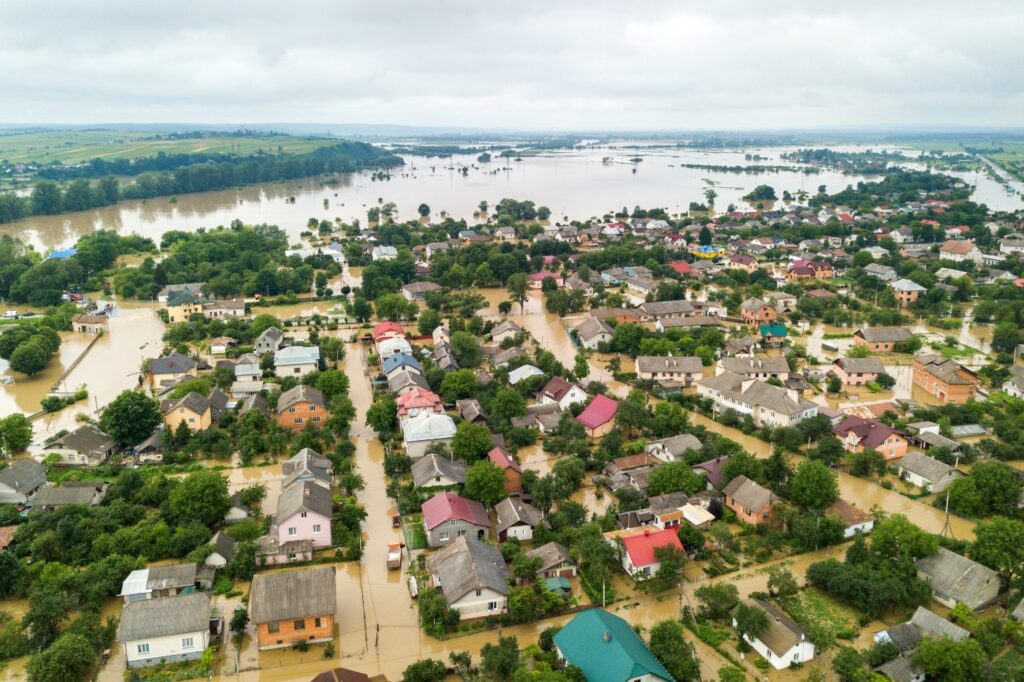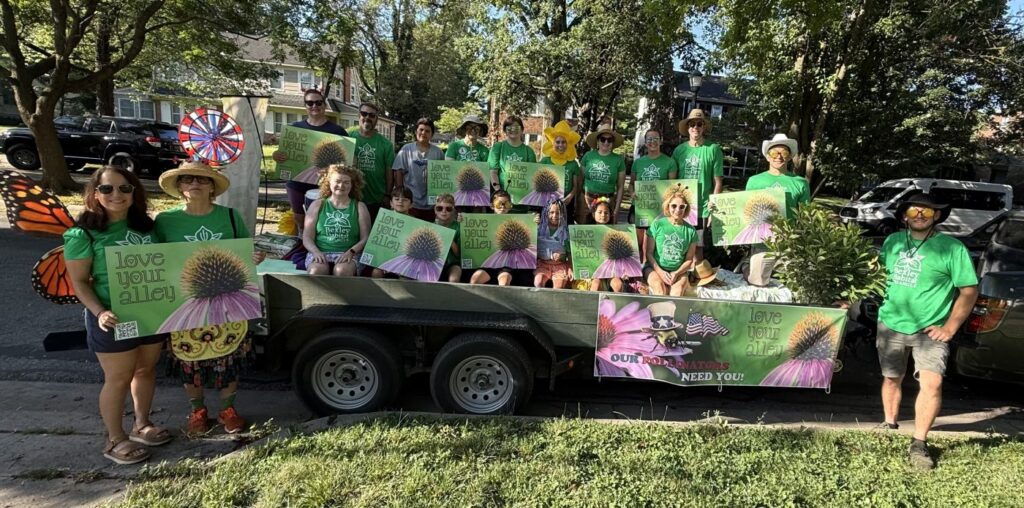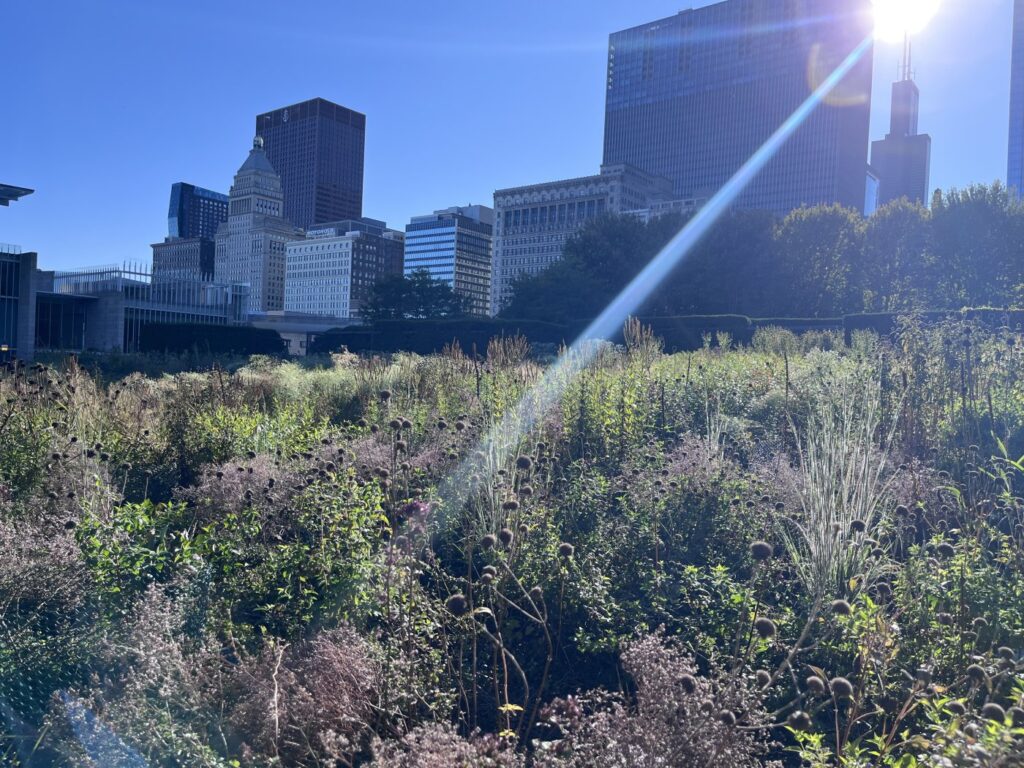Genesis Of The Idea
Insights
More Programs, Better Practices: The Case for the Microhabitat Accelerator
September 10, 2025
Climate change is no longer a distant threat—it is here, reshaping daily life and pressing communities everywhere to find practical ways to adapt.

Among the most promising of these adaptation initiatives are those that restore nature in the places where people live, work, and gather. By transforming lawns, roadside verges, and other overlooked spaces into ecologically functional habitats, these grassroots projects provide shade, cool microclimates, pollinator pathways, and natural flood management—tangible adaptations to a rapidly changing climate. Just as importantly, they nurture a culture of stewardship, empowering neighbors to take visible, collective action for resilience and renewal.
From neighborhood-scale projects like the “Bexley Habitat Triangle,” where 30 abutting backyards are being joined into a continuous habitat, to roadside verge corridors that support migrating Monarch butterflies, microhabitat programs show what is possible when small spaces are reimagined for climate adaptation.

Across the country, these community-based programs are flourishing in many forms: pollinator gardens, tree-planting along city streets, bioswales that capture stormwater, roadside and agricultural margins restored as wildlife corridors. However different their approaches, they share a common purpose: restoring ecological function to fragmented landscapes, strengthening local climate resilience, and building conservation culture from the ground up.
Taken together, these efforts represent a broader global movement—what we call the microhabitat movement—where everyday spaces become part of the climate solution.

Yet despite this momentum, local program leaders often create microhabitat programs in isolation. New efforts must help them adapt successful strategies that others have already tested. Common problems include funding, sourcing local-genotype plants, organizing volunteers, measuring ecological outcomes…Until now, there has been no central hub for community-based organizations to pool collective wisdom, inspire and exchange innovations, or access practical tools.
The Microhabitat Accelerator℠ was created to meet this need. Its purpose is simple but ambitious: to help community-based microhabitat programs avoid isolation, strengthen their practices, and expand their impact. Through the Accelerator, leaders gain access to pro bono resources designed for them: a Resource Center that curates practical guidance and research; a Directory that maps the constellation of programs across the country; a Practitioners Circle for peer-to-peer learning; a How-To Manual that distills proven approaches; and small grants that catalyze innovation and incubate new programs. Our operating motto is “More Programs, Better Practices.”

By offering these tools and connections, we aim to meet programs and communities where they are, nurture what is already working, and together accelerate a movement that restores nature in everyday spaces—from city sidewalks and suburban backyards to community gardens and school grounds.
As climate impacts accelerate, we cannot afford to waste time reinventing solutions. By linking programs and practitioners, the Accelerator helps communities act quickly, share what works, and build momentum—transforming independent efforts into a unified movement that restores nature, strengthens resilience, and reimagines everyday spaces as part of the climate solution.

